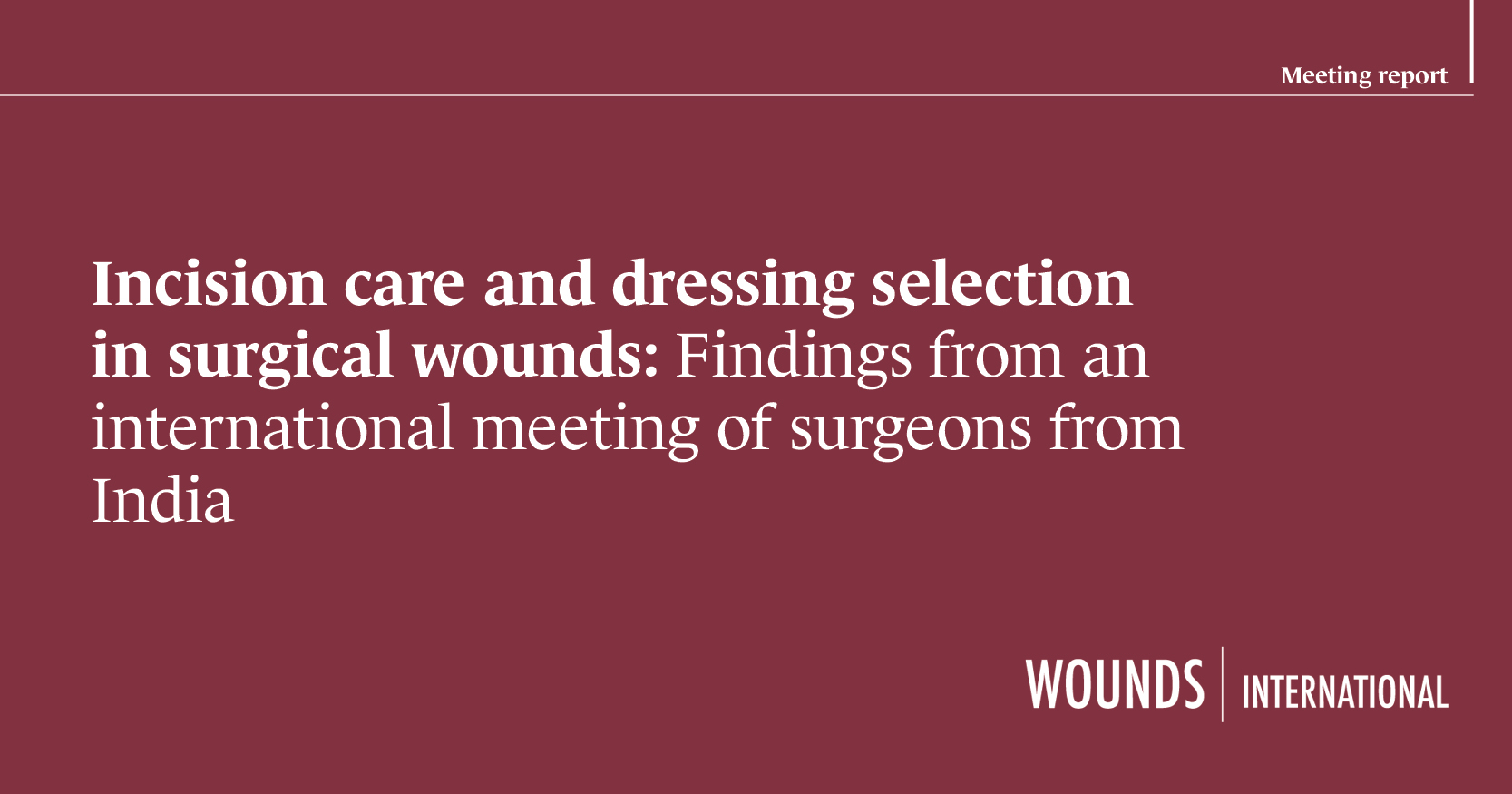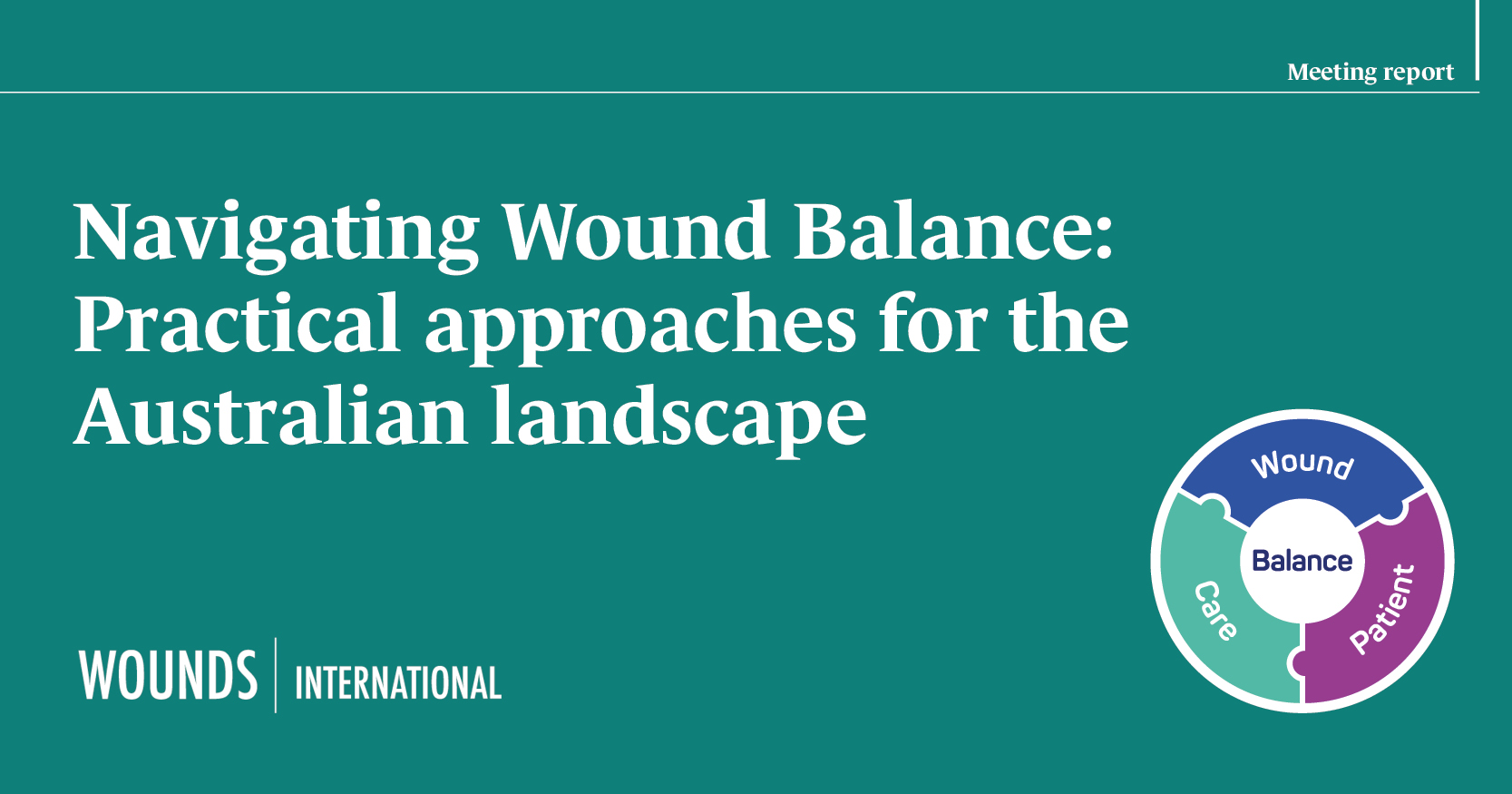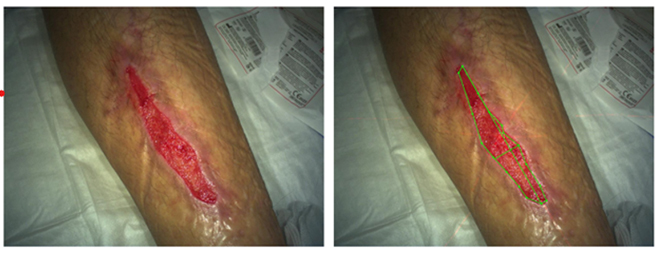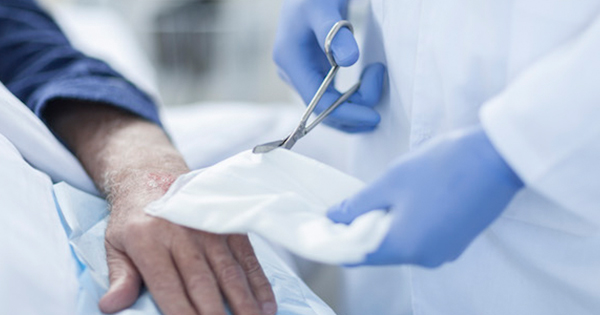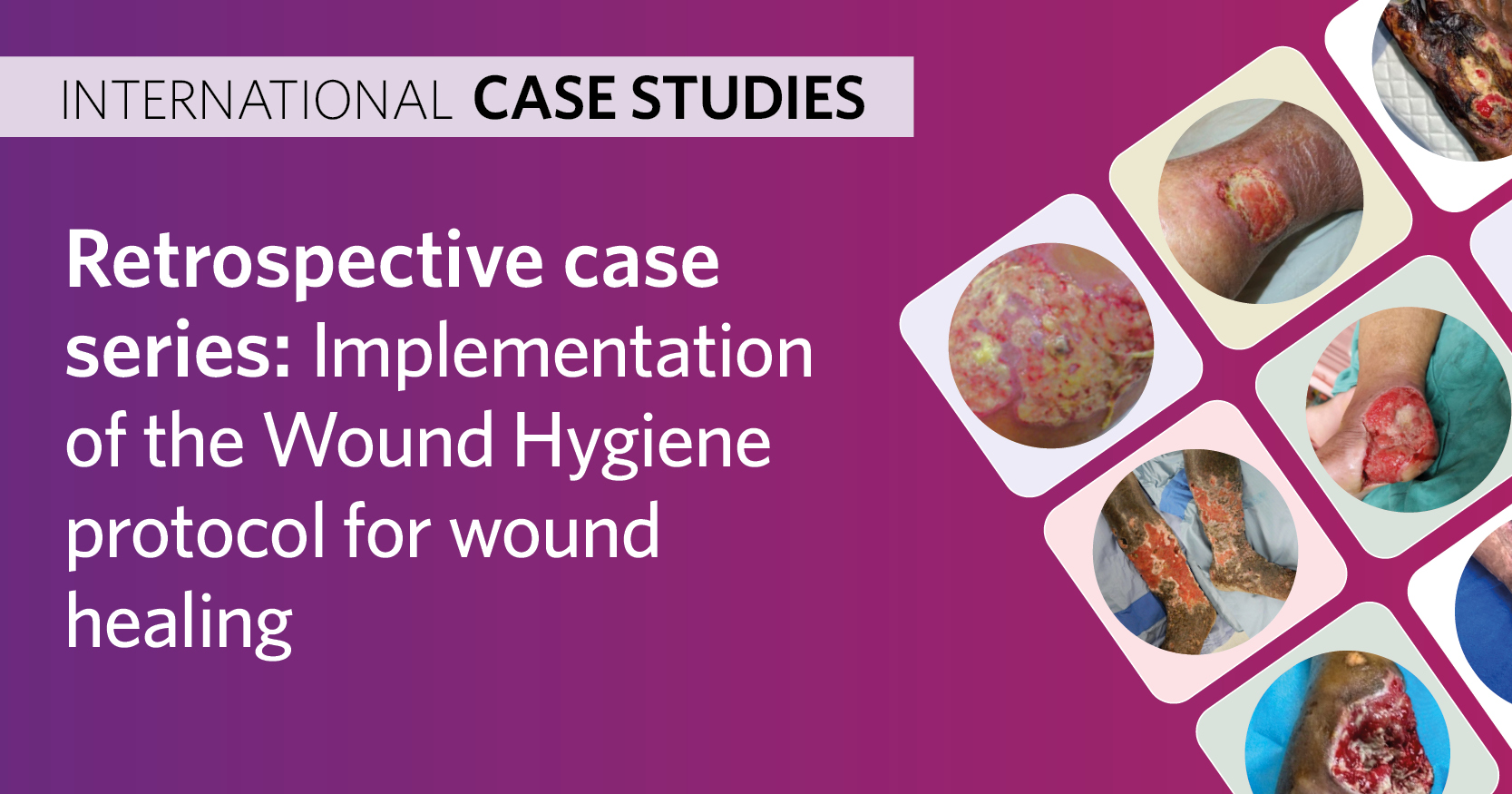Surgical wound complications, such as surgical site infections (SSIs) and surgical wound dehiscence (SWD), are considerable worldwide healthcare concerns, which result in increased risk of morbidity and mortality (Allegranzi et al, 2011; Rickard et al, 2020; Sandy-Hodgetts et al, 2022a). The growing threat of antimicrobial resistance adds complexity to the treatment and prevention of SSIs and SWD, necessitating novel approaches in clinical practice.
To mitigate this issue, antimicrobial stewardship strategies should be in place to reduce the overuse of antimicrobials in post-operative incision management (Sartelli et al, 2016). Contracting an SSI often results in a negative impact on the physical and mental health of the individual, a loss of productivity (Badia et al, 2017) and is commonly associated with prolonged postoperative hospital admissions, which may necessitate additional surgical procedures, resulting in a higher economic burden (Cassini et al, 2016).
While these challenges are global in nature, different geographical and cultural factors in different regions, as well as variations in patient populations, necessitate tailored approaches to post-surgical incision care.
On 29 November 2024, a panel meeting of surgeons based in India was convened to discuss post-surgical care and dressing selection for incisions closed with primary intention. The attending surgeons worked across India and represented a range of surgical disciplines, including plastic, vascular and orthopaedic, all united by a passion for wound care and improving patient outcomes. In this instance, Dr Rhidian observed that there is a remarkable global consensus among surgeons regarding the principles of wound care and dressing selection.
The surgical panel builds on work by other international surgical panels [Box 1], with the following objectives:
- To clarify local views on post-surgical care and dressing selection in surgical wounds closed with primary intention
- To discuss and reach a consensus on recommendations for local practice in key areas of optimisation for wound healing pre-, peri- and post-operatively
- To discuss and agree on the properties of the ‘ideal’ dressing in managing post-surgical incisions.
Dressing selection
It is widely accepted that dressing selection is a key consideration in post-surgical incision care (World Union of Wound Healing Societies [WUWHS], 2016), with advanced wound dressings playing an important role in protecting wounds from surgical wound complications during the healing process (WUWHS, 2016). Surgical wound complications is an umbrella term that encompasses diagnoses including SSI, SWD, hypergranulation, periwound maceration, scarring and medical adhesive-related skin injuries.
Dr Rhidian Morgan-Jones highlighted a debate within the UK on the use of transparent dressings, noting that, from the panel’s perspective, it is preferable to have visibility of the wound edge whenever possible. However, he also pointed out a limitation: transparent dressings lack sufficient padding, which can be a disadvantage. The consensus among the panel was that transparent dressings are optimal for clean wounds but should be avoided in more complex cases.
The panel also discussed the use of pressure dressings, which can be uncomfortable for patients. Nevertheless, they agreed that pressure dressings should be applied for the first 48 hours following surgery in cases involving vein compression. It was noted that each surgeon had a different approach to pressure dressing and that the use of pressure dressing is highly dependent on the procedure performed.
The importance of timely dressing replacement was particularly emphasised in the context of India, where soaked dressings are considered problematic. The panel agreed that in India, it is not only doctors but also nurses who are responsible for dressing inspections, and the panel noted that a soaked dressing is very upsetting for a patient. Additionally, it was acknowledged that there is an essential educational component for nurses to distinguish between “soakage” and “stainage.” Soakage indicates the dressing has reached its absorbent capacity and needs changing, whereas stainage means exudate remains within the dressing.
Undisturbed wound healing
The surgeons unanimously agreed on the principle of undisturbed wound healing (UWH), with all panel members preferring to leave the dressing in place for as long as possible, and noted that decreased dressing changes helped alleviate the apprehension surrounding dressing changes in patients to a significant extent. All panel members agreed that the dressing should not cause damage or blistering to the periwound area or impede patient mobilisation.
In this instance, the panel discussed the importance of taking into consideration what kind of wound one is dealing with (whether it is clean or dirty). In the case of a dirty wound, characterised by significant bleeding or a pungent odour, the dressing should be removed within 48 hours and attended to accordingly. However, in clean wounds, the dressing should remain in place for 7–14 days.
The climate and humidity in India play a significant role in wound healing and require region-specific approaches to wound care. India’s climate varies greatly across regions, with temperatures in New Delhi typically ranging from 19°C to 31°C and humidity levels between 38% and 82% (Upton, 2013). Surgeons noted that high humidity can affect how well dressings stick to the skin, potentially leading to maceration at the adhesive site. During the monsoon season, for example, adhesive dressings may cause irritation due to moisture interacting with the adhesive. It was highlighted that higher-quality adhesive dressings are transparent and can stay in place for a week or more before they begin to peel off and need to be replaced. As a result, the panel recommended using these higher-quality adhesive dressings, as they can be left in place for up to a week or longer before requiring a change.
Each surgeon on the panel was responsible for determining when the post-surgical dressing should be removed, with a clear preference amongst the group for longer wear time to allow for UWH. The wear time ranged from five days to two weeks. UWH, facilitated by longer dressing wear time, is desired to promote haemostatic efficiency and allow the wound to heal while reducing potential skin irritation and wound disturbance from unnecessary dressing changes.
Most of the panel ask patients to remove their own dressings at home after the allotted time, with instructions to contact the hospital in case of any concerning clinical symptoms. According to the panel, clinical red flags that would require a dressing change include:
- Redness and swelling at the wound site, which could indicate local or systemic infection
- Excessive fluid leakage (“oozing, not spotting”)
- Significant odour
- Loss of adherence to the skin
- Suggestion that the dressing is not doing what it should be doing, that is, facilitating wound healing, e.g. wound dehiscence or wound edge deterioration.
There is evidence to suggest that leaving a post-surgical wound dressing in situ for as long as possible can prevent wound disturbance and facilitate wound healing (Berg et al, 2019). Reduced dressing changes, unless otherwise clinically indicated, may also prevent waste of resources and inefficient use of dressings (Adi et al, 2022).
This consensus was supported by the surgeons, who all acknowledge that the temporal nature of dressing changes has value, despite variation in practice.
Properties of an ideal wound dressing
The purpose of a wound dressing for post-surgical incisions is to protect the wound from the external environment, while providing an optimal environment for wound healing. Surgical panels at previous consensus meetings around the world have agreed on a comprehensive list of properties for the ideal wound dressing, which include:
- Flexibility – does not impede patient’s movement, providing elasticity to avoid pulling or blistering, particularly over joints
- Well-fixed to the skin on application once the skin is dry after being disinfected, and remains adhered even if there is sweating
- Absorbent of wound exudate (retains/locks in fluid) – no exudate leakage should occur from the dressing to the periwound skin
- Protective of the surrounding skin to reduce risk of blistering or irritation, and provides patient comfort, with minimal discomfort or pain during removal
- Waterproof to provide a good seal/barrier function and enable the person to shower
- Eliminates ‘dead space’ between the wound bed and dressing, where necessary, to avoid exudate pooling
- Easy to use and remove by patients and all care staff, to ensure consistent care
- Transparent dressing borders to allow for observation of the surrounding skin.
The panel agreed that waterproof dressing was of utmost importance given the humid climate. It was noted that the ideal dressing would be easy to use for both the patient and the surgeon. The dressing should conform to body surface area, and it should not stick to the sutures. The difficulty relating to cost was mentioned and it was agreed across the panel that saving a patient even one trip to the hospital is beneficial in terms of cost efficiency in India. Although hospital stays in India are relatively low-cost, patients can benefit from affordable dressings that remain in place longer, reducing the need for frequent changes
The panellists suggested that there should be stratification in place before the operation is carried out as most infections occur at the time of surgery. In this regard, surgical technique has a role to play, and the panel was in agreement that ‘good surgery means good outcomes’.
Conclusion
It was noted at the end of the discussion that very few healthcare graduates receive formal education on wound healing. While complex wound healing is taught in some countries, wound care often doesn’t receive enough attention from doctors and nurses in others.In countries like the UK and the US, nurses play a significant role in wound care, especially post-surgery. However, in India, nurses do not necessarily address wound care for post-operative patients. Despite regular training on wound care, the subject still remains underemphasised in certain healthcare systems. Additionally, the difference in climate and humidity between the UK and India should be considered when selecting dressing solutions, as regional factors can influence the effectiveness of certain products. Dressing solutions may need to be adapted to suit the specific environmental conditions for optimal healing.
The panel concluded that wound dressing is an evolving field. While the surgeons acknowledged an internal bias shaped by their training (e.g. regarding the benefits of pressure dressings), they agreed on the importance of remaining open to new ideas.

